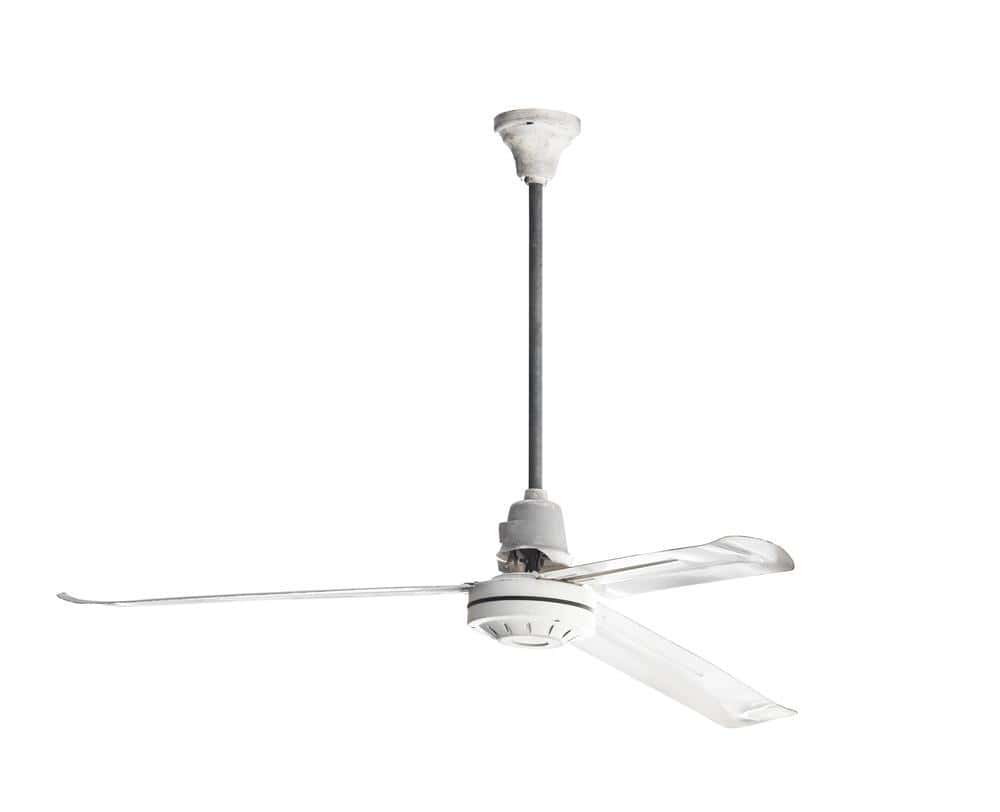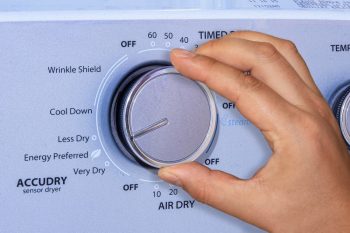
Changing a light bulb may seem like a simple task, but when it comes to changing the light on a Hampton Bay ceiling fan, there are a few extra steps involved. This task might seem daunting, especially if you’re not familiar with electrical appliances. However, with the right information and safety precautions, you can accomplish this task easily and safely.
To change a Hampton Bay ceiling fan light, first turn off the power at the circuit breaker. Use a sturdy ladder to reach the fan and remove the light bulb cover (this may require unscrewing or twisting it off). With gloves or a cloth, unscrew the old bulb and replace it with a new one. Finally, replace the light cover and restore power at the circuit breaker. Always consult your fan’s user manual for specific instructions.
Safety First: Precautions to Take
Before you start the process of changing the light bulb in your Hampton Bay ceiling fan, it’s important to prioritize safety to prevent accidents and injuries. Here are some important safety precautions to keep in mind:
- Turn off the power: Before starting, switch off the power to the fan either by turning off the circuit breaker or removing the fuse.
- Use a sturdy ladder or step stool: Ensure that you have a stable and secure ladder or step stool to reach the fan safely.
- Avoid touching the bulb with bare hands: Touching the bulb with your hands can leave oil residue, which may reduce the bulb’s lifespan. Instead, wear gloves or use a cloth to handle the bulb.
- Be cautious: Even with the power supply turned off, always exercise caution and treat the fan as if it were live until you have completed the entire process.
Tools and Materials You Will Need
To change a Hampton Bay ceiling fan light, you will need the following tools and materials:
- Replacement light bulb (Check your user manual or the manufacturer’s website to determine the appropriate bulb type for your specific ceiling fan model)
- Sturdy ladder or step stool
- Gloves or cloth
- Screwdriver (if required)
- Clean cloth or paper towel
Step-by-Step Guide to Changing Hampton Bay Ceiling Fan Light
Step 1: Turn off the Power
The first step in changing your ceiling fan light is to turn off the power. This is usually done at the main electrical panel in your home, where you can locate and flip off the circuit breaker that controls the power to the ceiling fan. Double-check that the power is off by attempting to turn on the fan using the wall switch or the pull chain on the fan. The fan should not turn on if the power is off.
Step 2: Remove the Light Bulb Cover
With the power turned off, you can safely access the light bulb. Depending on your ceiling fan model, you might need to unscrew the light bulb cover or simply twist it counterclockwise to remove it. Be sure to handle the cover carefully to avoid breaking it.
Step 3: Remove the Old Bulb
Once the cover is removed, you can access the light bulb. Using gloves or a cloth, carefully unscrew the bulb by twisting it counterclockwise.
Step 4: Install the New Bulb
Hold the new bulb at the base and screw it into the socket by turning it clockwise. Make sure it’s secure but be careful not to overtighten it as this could damage the bulb or the socket.
Step 5: Replace the Light Cover
After you’ve installed the new bulb, replace the light cover. Align it with the light fixture and secure it in place. Depending on your fan model, this may involve twisting the cover clockwise or screwing it back into place.
Step 6: Restore Power
Finally, go back to your home’s circuit breaker panel and restore power to the ceiling fan by flipping the switch back to the “on” position.
Conclusion
By following these steps, you can confidently and safely change the light bulb in your Hampton Bay ceiling fan. Remember that the specific steps may vary depending on the model of your ceiling fan, so it’s always a good idea to consult the user manual for your specific model. If you don’t have the manual, you can search for it online using the model number of your fan.
Changing a light bulb in a ceiling fan might seem like a small task, but doing so can significantly improve the lighting and overall ambiance in your room. Plus, it’s a simple way to keep your fan in good working condition, prolonging its lifespan and ensuring it continues to function efficiently. So, the next time your Hampton Bay ceiling fan light goes out, don’t be daunted. With the right tools, a little bit of time, and this guide, you’ll have it changed out in no time.
Frequently Asked Questions
What type of light bulb does a Hampton Bay ceiling fan use?
The type of light bulb used in a Hampton Bay ceiling fan can vary based on the specific model of the fan. It’s best to check your user manual or the manufacturer’s website to find the correct bulb type. If you no longer have the manual, you can usually find it online by searching the model number of your fan.
Why does my Hampton Bay ceiling fan light flicker?
Flickering lights in your Hampton Bay ceiling fan could be due to a few reasons. It could be a loose bulb, so first, try tightening the bulb. If that doesn’t work, it could be a faulty light switch or a problem with the wiring. In such cases, it’s best to consult a professional electrician to avoid any potential hazards.
How can I clean my Hampton Bay ceiling fan light cover?
To clean the light cover of your Hampton Bay ceiling fan, first, make sure the power is turned off. Carefully remove the light cover as per your model’s instructions. Clean it using a soft cloth or sponge with warm soapy water. Avoid using harsh chemicals as they may damage the finish. Dry the cover thoroughly before replacing it.
What if the new light bulb doesn’t work after installation?
If your new light bulb doesn’t work after installation, first check to ensure that the bulb is properly installed and not loose. If it’s secure and still not working, the bulb might be faulty. Try another new bulb. If the light still doesn’t work, there might be an issue with the wiring or the socket, and you should consider consulting a professional.











